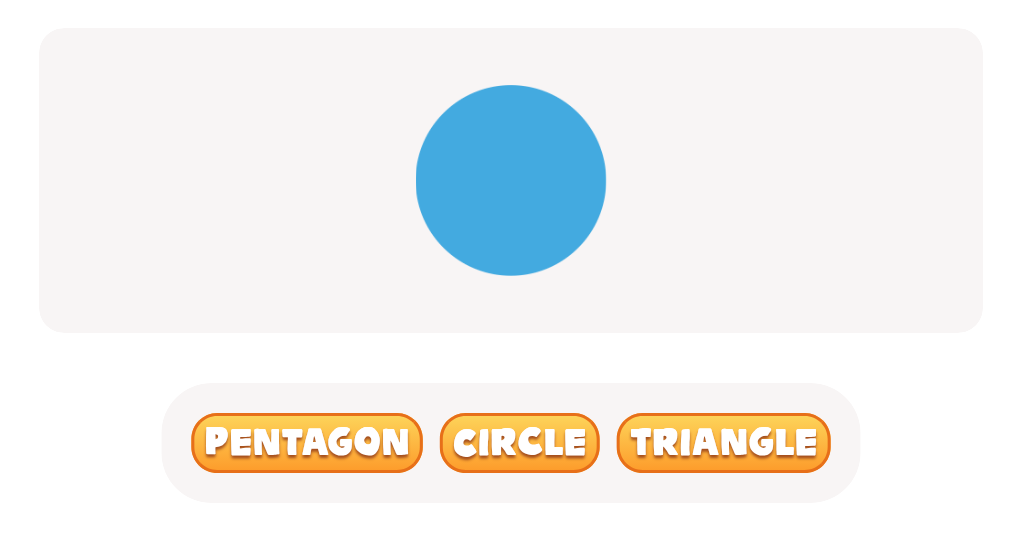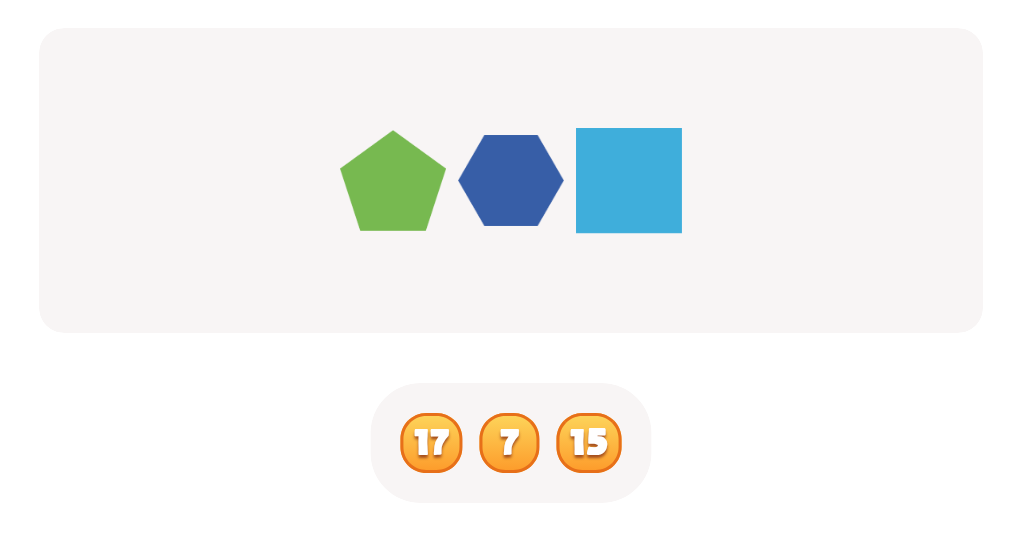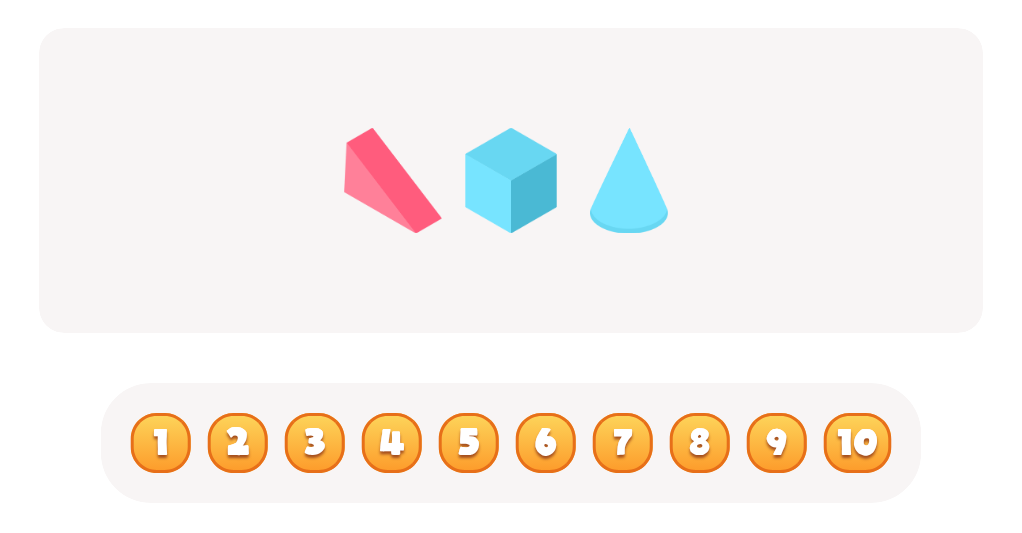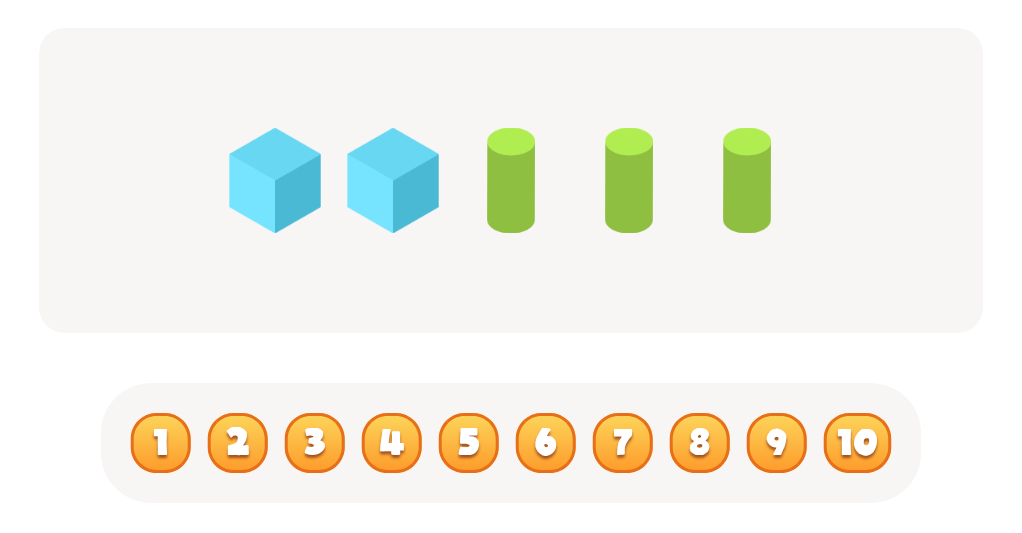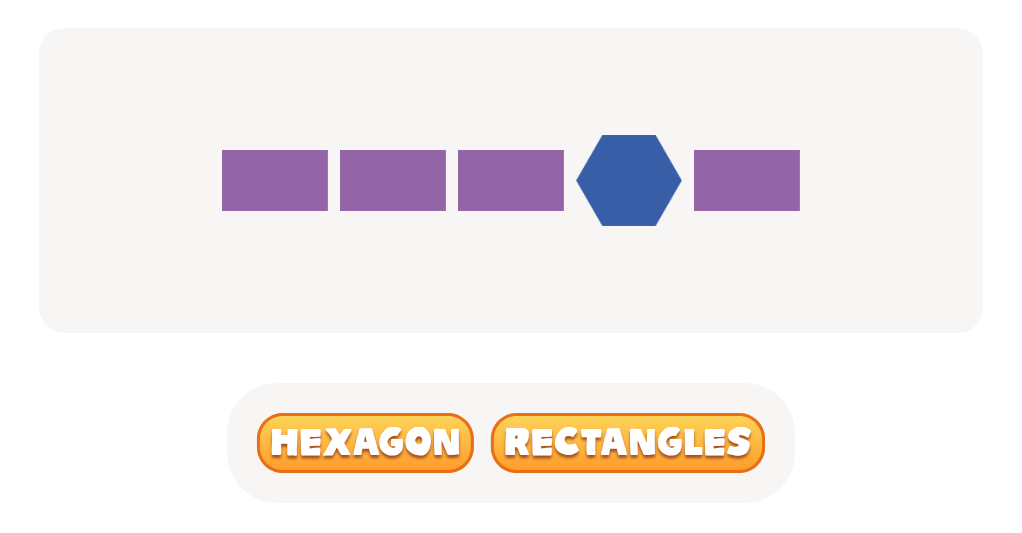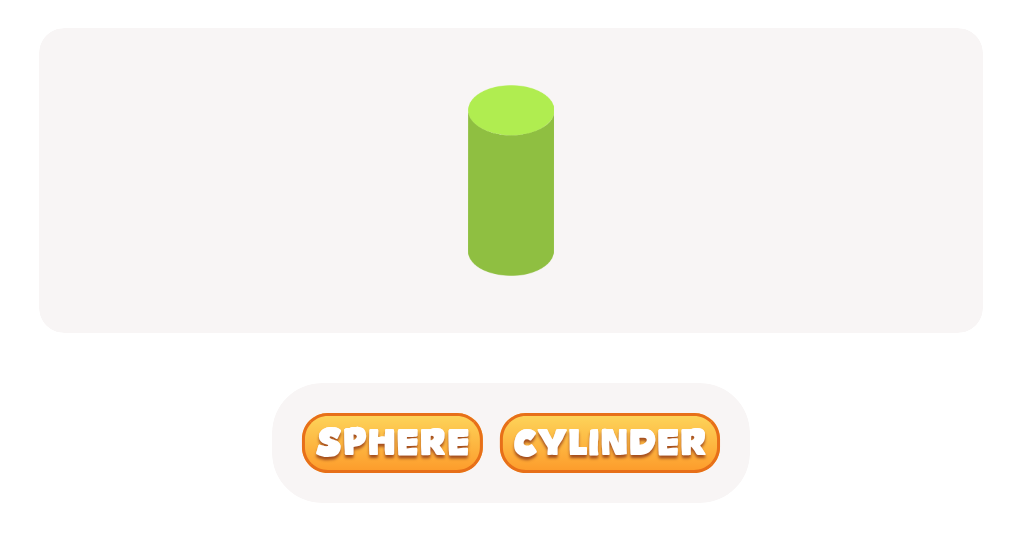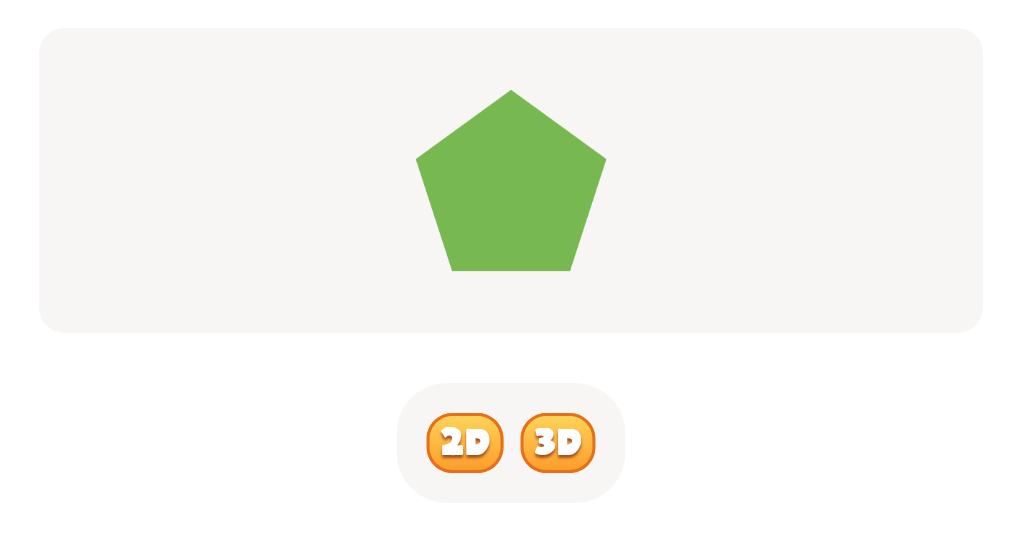Vocabulary Building Geometry Worksheets for Ages 3-9
3 filtered results
-
From - To
Enhance your child's understanding of geometry with our engaging vocabulary-building worksheets designed for ages 3 to 9. These educational resources provide a fun and interactive way for young learners to expand their geometric vocabulary while mastering essential concepts such as shapes, sizes, and spatial relationships. Our worksheets feature colorful illustrations, age-appropriate activities, and easy-to-follow instructions, making learning enjoyable and effective. Perfect for classroom use or supplementary practice at home, these worksheets will help your child develop crucial skills while building confidence in their mathematical abilities. Explore our collection today and watch your child thrive in their geometry journey!


Fruits Match Up Worksheet


Geometry: part 1 Worksheet
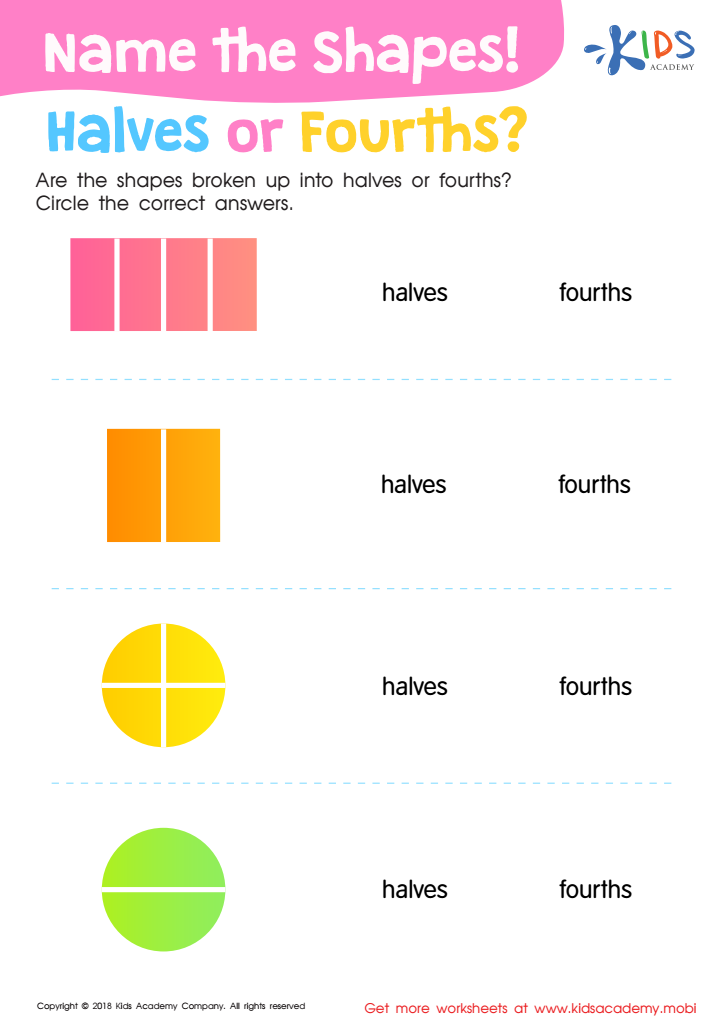

Name the Shapes Halves or Fourths? Worksheet
Vocabulary Building in Geometry for ages 3-9 is critical for several reasons. First, early exposure to geometric terms helps children develop spatial reasoning skills, which are essential for many areas of learning, including mathematics, science, and critical thinking. Understanding shapes, sizes, and spatial relationships lays a strong foundation for more complex mathematical concepts in later years.
Incorporating vocabulary building with geometry also enhances literacy development. When children learn words related to shapes, positions, and measurement, they practice language skills that foster both verbal and written communication. This aids comprehension in other subjects, as students learn to articulate their thoughts and understand instructions involving geometric concepts.
Additionally, early engagement with geometry gives children valuable hands-on learning experiences. Activities using blocks, puzzles, and art can make learning fun and interactive, reinforcing vocabulary through play.
Lastly, fostering an environment rich in geometric language and experiences helps in social development, as children collaborate and communicate their ideas with peers. By prioritizing vocabulary building in geometry, parents and teachers equip children with essential skills for academic success, problem-solving, and essential life skills as they grow.
 Assign to My Students
Assign to My Students
